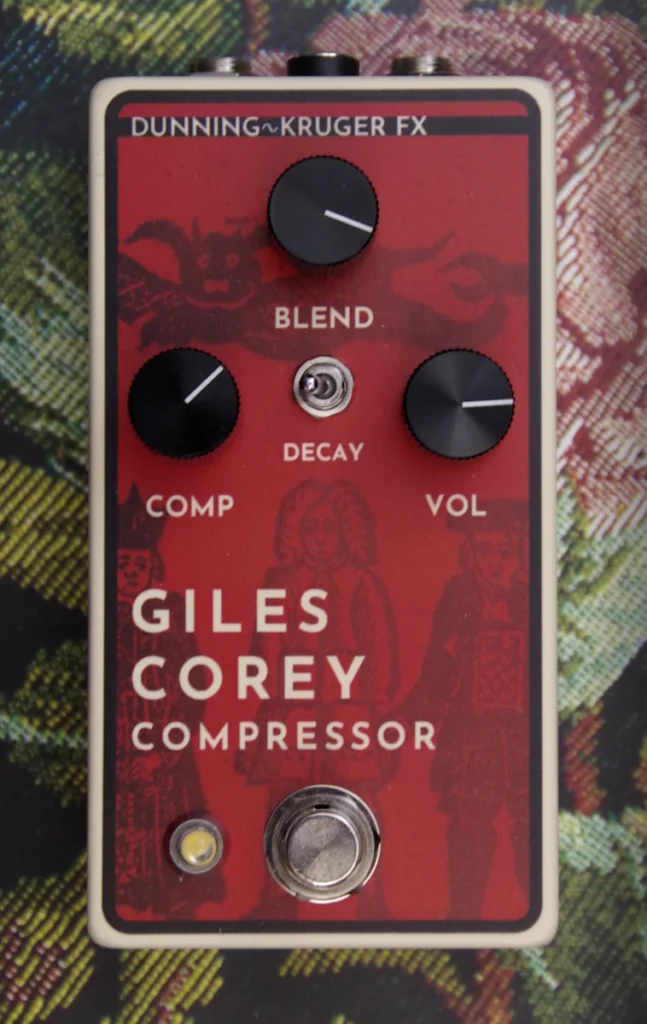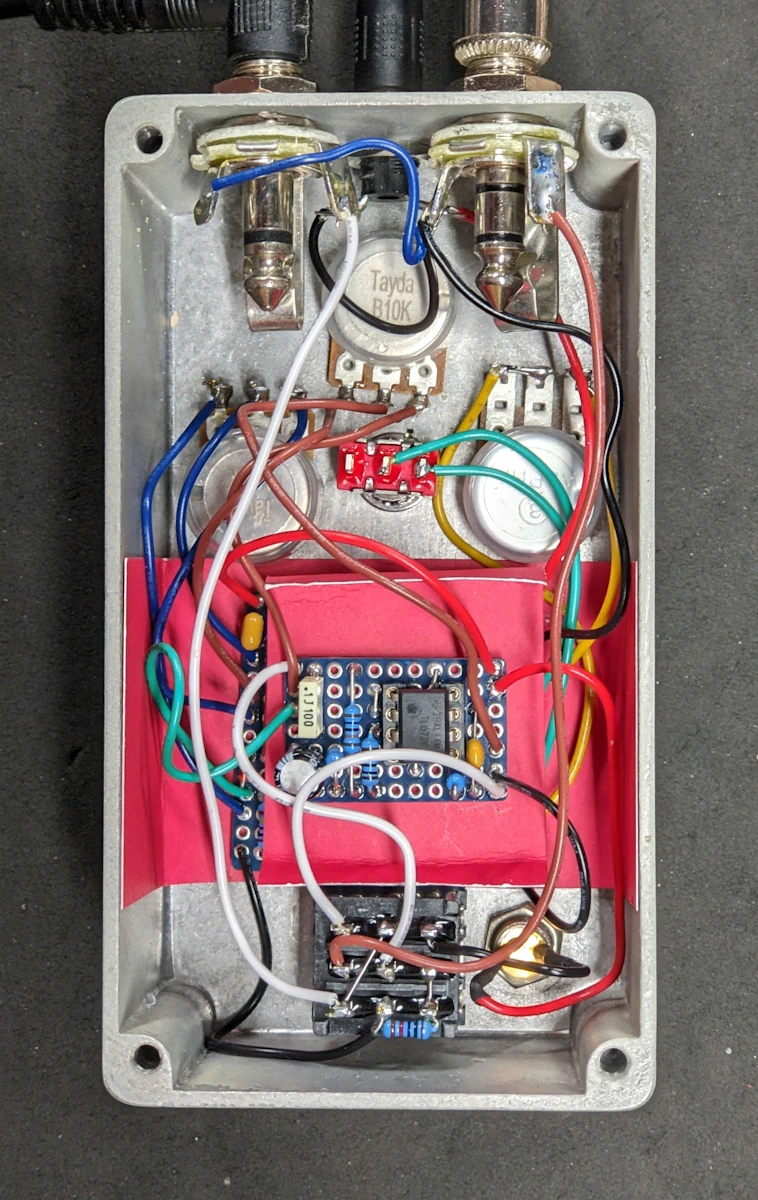

More Weight
“I’m talking about real Chinese food, not that whale snot.”
This is how my 10th grade English teacher and debate coach brought up the idea of taking the debate team out for a celebratory dinner in Philadelphia’s Chinatown. I had no idea what he meant—we didn’t even have a chop suey joint near the cranberry bog where I grew up—but he certainly seemed to have strong feelings about it. Regardless of the food, I would have gone just to hang out with someone who could speak almost entirely in quips.
He brought the same passion, irreverence, and creative word choice to my American lit class. It was so refreshing to hear a teacher echo Mark Twain’s evisceration of James Fenimore Cooper, and so challenging when we got to the 20th century stuff and I was forced to grapple with stories of American experiences that were more alien to me than mapo tofu.
I don’t actually remember reading The Crucible in high school. It’s possible that I didn’t, because I never loved reading plays as text [Exeunt, stage right]…and also, I was fifteen and acting like a fifteen year old. I do remember learning about it in class though. I remember that it was about the Salem witch trials, was an allegory for McCarthyism, and probably contributed to Miller getting dragged before the House Un-American Activities Committee. The thing I remember most, however, is how flabbergasted my English teacher was about the “pressing” of Giles Corey.
The character refuses to enter a plea when charges are brought against him, so the court stacks rocks on him in an effort to coerce one out of him. Corey said only two words in reply: “More weight,” and was eventually pressed to death. Even though my English teacher had probably read it fifty times and always had something witty ready to go, he couldn’t say much more about it than Giles did. [Solemnly shaking head] More weight.
Speaking of which, this is a compressor pedal that nearly crushed my spirit. In cranberry bog country, there is a legend that when Mother Leeds got pregnant for the 13th time, she cursed the child and gave birth to the Jersey Devil. I think I had the opposite problem here, where the first 12-ish iterations of this pedal were hexed, although my cursing was fairly uniform throughout.
Details
I’m not the world’s leading expert on compressors, nor am I a complete compressor novice. In my experience, most discussions about compression are like a bunch of dudes who saw Akira once talking about the nature of Zen Buddhism: it’s only a matter of time before it turns into a drain-circling cyclone of everyone saying “well, actually…” in succession. The misconception that I’m sticking with for now is that all compressors are on a continuum between “good” and “character.” Compressors that approach the “good” side of things will delicately squish the loud stuff and pristinely amplify what’s left to preserve as much of the original sound as possible, just louder and with less dynamic range. Something I’d put on the master bus of a mix, for example. “Character” compressors may put their own tonal stamp on things, react differently across the audible frequency range, or impart some unnatural (but perhaps interesting) dynamics. Some might say, “Well, actually, the opposite of good is bad,” and I get it, but there are so many different and exciting ways to be bad, I prefer to think of it as character. This one was never meant to be “good.”
One of the folks in the pedal community said that he liked his Bearhug compressor, which was a circuit that showed up on the forums around 2012. It seemed like something I could tackle since it required no esoteric ICs or optical components, although a lot of the original schematics and layouts have been lost to the fiction of “This image hosting service will be around forever.” So there was an initial archaeological step in trying to piece together something coherent from the dead links, chatter about revisions, and commercial takes on it.
While that was going on, my pedal guru suggested that I instead make something completely different, which did have an esoteric IC and optical components (okay, the IC isn’t rare, but wasn’t something I had on hand). I was assured that a wide range of LDR/LED combos would work for the optical part, so I proceeded with drawing up a vero layout for it and trying to build it. That turned into an odyssey of failures, including allocating more space to the circuit board graveyard, an encounter with some paint stripper to change the labels on an enclosure decal, and frustrating online troubleshooting sessions culminating with a Genuine Expert™ (someone who claimed that guitars should be shielded with mu-metal, a super common and totally normal nickle-iron ferromagnetic alloy) chiming in to tell me that I needed to pay more attention to detail.
“Back to the Bearhug,” as they say. The Bearhug is an odd beast, featuring a BJT, a JFET, and a MOSFET in what looks like the response to a class assignment called “Design Something Using Every Type of Transistor for the Sport of It.” After a few stops and starts, I eventually got it working—or at least it looked like it was working. In certain tests, like running white noise through it under controlled circumstances in Reaper, I could tell that it was, in fact, compressing, but it sounded like audible garbage: distorted, a seemingly infinitely low threshold, the makeup gain not working in any sort of useful way, etc. It was suggested that I replace the JFET, which seemed completely arbitrary to me, but I was getting tired of talking about it and went into my stash of surface mount J201s. I soldered some legs onto one, popped it in, and voilà, it’s that easy to build a compressor.
Vital Stats
Sound
As the Zen master in a cyberpunk anime might ask, “If a compressor is working correctly in a forest, does it make a sound?” Honestly, I’ll need a lot more time with this to be able to fully evaluate it, but for now, I will say that it’s fairly subtle, but definitely does that thing where it changes the “feel” in the responsiveness of the guitar and is surprisingly quiet despite the MOSFET (expectations for which were set solely by my pedal guru busting on it and not any independent thoughts of my own). Having the bypass knob to blend in clean dry signal should make it more versatile, including for bass, although even on regular guitar, it gets a little woolly on the low notes at high settings.
I don’t really know how to showcase compression, but the following is a couple examples of it in use. I would ordinarily compress these after the fact in the DAW, but that seems counterproductive for this purpose, so these are pretty raw, and as they’d sound as soloed tracks in a mix with the virtual faders pushed up. I did add a tiny amount of convolution reverb on them in the DAW so they wouldn’t make my teeth rattle. The sample has two parts:
- A Wee Bit Funky: Child-Sized Mini-Strat Shop Guitar > Giles Corey > straight into interface, vaguely 70s-sounding percussive playing
- Arrest This Man (Please): Emomaster > Giles Corey > Deluxe-ish amp, a demonstration of evening out terrible pick control on open chords, etc.








